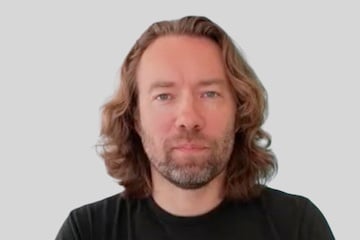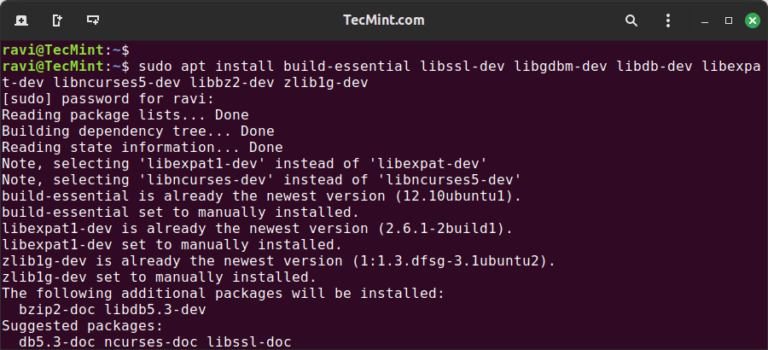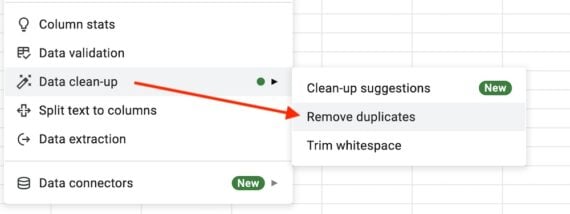
David Heinemeier Hansson is the creator of the Ruby on Rails software framework, the co-founder of Basecamp, an investor in multiple tech startups, a race car driver, and a family man. He’s a modern-day polymath.
Yet his workday calendar is not full of appointments. He abhors managing employees and attending meetings. His is a maker’s schedule, he says, with much uninterrupted time dedicated to solving problems he cares about.
In our recent conversation, his second in 16 years, Heinemeier Hansson addressed the rise of Rails, Basecamp, and, yes, time management.
The entire audio of our discussion is embedded below. The transcript is edited for clarity and length.
Eric Bandholz: Give us your pitch.
David Heinemeier Hansson: I am a co-owner of 37signals. We make software products. Our original tool is Basecamp, a project management tool we’ve been running for over 20 years. Hey.com is the email service we launched a few years ago and an alternative to Gmail. I also write a lot with my business partner, Jason Fried.
We’ve written four books on starting a business, running a business, and thinking about business. We published “Rework” in 2010, which sold a million copies worldwide. We also wrote “Remote: Office Not Required,” “It Doesn’t Have to be Crazy at Work,” and “Getting Real: The smarter, faster, easier way to build a successful web application.”
As part of building Basecamp in 2003, I created Ruby on Rails, the web framework behind Shopify, GitHub, and Airbnb. It was the original Twitter platform and about a million other prominent websites and applications worldwide.
I still work on that. We’re just putting the final touches on Rails 8, a big upgrade for a framework that’s also been around for 20 years and is powering 10% of worldwide ecommerce. That is what Shopify is responsible for. If you add on whatever else in the ecommerce world runs on Rails, it’s probably a higher number. Shopify is the largest Rails application. It’s 5 million lines of code and a huge portion of all ecommerce worldwide.
In my free time, I like racing cars. I’ve been driving race cars for about 15 years, mainly endurance events. The 24 Hours of Le Mans is my pivotal moment.
Bandholz: How do you prioritize your day?
Heinemeier Hansson: From the outset, Jason and I were on the same page about setting good habits early. We had seen so many entrepreneurs try to do the mode switch and fail. They’ll work 80, 100 hours a week in the early days and get accustomed, if not outright addicted, to that style of working.
We designed the business from the get-go so that we would work 40 hours a week, eight hours a day. That’s plenty. Negative things often happen when you push beyond that when you are so focused on work that you miss other things. You don’t have the right perspective on stuff. And you also think it’s all about input, which it’s not. It’s all about output.
After dropping my three kids off at school in the morning, I have a block of time and make it count. I’ve found and seen repeatedly from entrepreneurs who take pride in bragging about how much they work. It usually means sitting in front of a computer for maybe many hours, but what’s the output of those hours?
The way I make them count is through long stretches of uninterrupted time. I try to be on a maker’s schedule most days of most weeks. That’s not a luxury I can do every day or every week, but it is surprisingly easy to structure your business so that you don’t have a day full of meetings.
When I look at my schedule, very often it’s empty. It’s full of one long, beautiful block of uninterrupted time that I can dedicate to solving the problems I care deeply about, and that requires me to think for more than 20 minutes here or 40 minutes there or whatever crumbs are left over. We’ve designed 37signals not to need that level of constant minding and intervention.
We don’t have status update meetings where we sit around in a circle and tell each other what we’ve done. We use Basecamp’s automated questions. It’ll ask every employee on Monday morning, “What will you work on this week?” They will record it for the whole company to know, not just to their manager, not just to me, not just to Jason, but to everyone.
So the entire staff is in the loop on what’s happening in the business. At the end of every day, the system asks, what have you worked on today? That clock frequency allows me to check in on the business, to develop trust that the people we’ve hired are doing the work we intend for them to do and that they’re going in the right direction without me constantly supervising them.
It is incredible how much time you have in a 40-hour week when no one is constantly bothering you. Forty hours is a luxurious amount of time to make progress, but most people don’t see it that way because they squander it. They cut it into little bits, and then they end up Friday afternoon going, “Oh, man, I was so busy this week. What did I get done?”
Because we don’t work like that, we have room for kids, racing, hobbies, vacations, and time off while still progressing on Basecamp and Hey. We’re working on two new products simultaneously. I’m working on Rails 8, and I write a bunch. I can clear the decks and get stuff done.
Bandholz: How much insight are you looking to get from your team on those daily updates?
Heinemeier Hansson: I’m expecting a story. It can focus on whatever you want to emphasize. This is one of the reasons why we collect this information in an open text field. It’s not derived from what to-dos you’ve checked off or the files you uploaded. It’s not automated. It is an opportunity to reflect on what you did today that was important and that you would like to convey to others. Sometimes, the answer is pretty mundane, “I worked on this same project. Here’s a quick anecdote about an issue I encountered and why it was hard, and why it sucked up a lot of my time.”
Often, those anecdotes become conversation starters in the comment thread for that update. Maybe I’ll chime in. “I hadn’t seen that problem or seen it elsewhere, and here’s how I solved it. Maybe you can do that too.” Or someone else from another part of the business goes, “Actually, we had a customer ask about that.” The updates in Basecamp are public to everyone in the company. If you work in an office and occasionally have that hallway or water cooler conversation, it’s usually contained to your team. When you do it on Basecamp, everyone gets to see everything. We’re 60 people, and it works excellent.
Bandholz: You’re not reading all 60, right?
Heinemeier Hansson: No, I scan. I usually scroll through most of these check-ins daily or weekly. Something will catch my eye, and I can scroll back up. I can consume the status updates of 60 people in about five minutes.
We have zero full-time managers. Out of the 60 people we have, everyone, including Jason and me, treats management as a second job to put on only when necessary.
Bandholz: Where can people follow you?
Heinemeier Hansson: Dhh.dk is my website. I’m also on X, @dhh.






